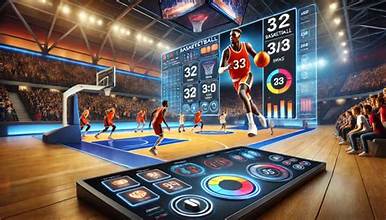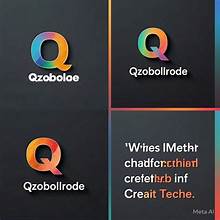Virtual reality has taken gaming far beyond traditional limits, not just in how we play — but in what we create. As VR continues to evolve, it’s opening doors to a new type of player: the creator. In 2025, it’s no longer just about exploring pre-made virtual worlds — it’s about building your own.
This shift toward creative empowerment in VR is redefining what it means to engage with games. The headset is no longer just a window into someone else’s imagination — it’s a canvas, a toolkit, and a workbench for users to shape their own immersive KUBET.
From Players to World-Builders
In the past, level editors and modding tools were the domain of dedicated fans and coders. But now, platforms like VRChat, Rec Room, Horizon Worlds, and Neos VR are making world-building intuitive and social. Players use their hands — literally — to construct buildings, design landscapes, and animate characters. No code required. Just imagination and motion.
What makes VR world-building unique is its natural interaction model. Instead of dragging icons with a mouse, users sculpt, paint, and position objects in three-dimensional space, often using motion controllers or hand tracking. It’s the closest thing digital creativity has to real-world crafting — and it’s incredibly immersive.
In games like Dreams (on PSVR) or Half + Half, users can create not only environments, but experiences — full mini-games, interactive scenes, or social playgrounds. The lines between developer and gamer are blurring, and players are embracing the role of both.
Social Creation in Shared Spaces
One of the most exciting developments is collaborative building in real time. In VR social hubs, creators from across the world come together to build objects, maps, and even full games while standing “side by side” in virtual space. It’s no longer a solo activity done on a laptop — it’s a live, shared performance of creativity.
Think of it as a mix between Minecraft, digital theater, and professional design — all happening in a room that only exists because someone imagined it into being.
This is giving rise to entirely new subcultures and economies within VR. Virtual creators are now selling assets, renting out virtual real estate, or hosting live experiences. Artists are making interactive galleries. Musicians are staging concerts in worlds they designed themselves. In this new reality, creativity is currency.
Gamified Creation: Playing With the Tools
Interestingly, the act of creation itself has become a form of play. Games are emerging where the gameplay is the building. In SculptrVR, for example, you sculpt entire landscapes — and the joy is in the process, not just the outcome. The creative act becomes both a game mechanic and a goal.
This kind of play has real-world benefits too. Educators are using VR building tools to teach design, architecture, and programming logic. Therapists are using them for mindfulness and expression. For many players, building in VR isn’t just fun — it’s freeing.
What the Future Holds
As AI tools integrate with VR platforms, expect even more powerful creation experiences. Imagine speaking an idea — “make a neon forest with floating stones” — and watching it form in real time. Or collaborating with AI co-creators that can animate your scenes or suggest changes. Creative VR will become even more accessible, even more đăng ký kubet.
In the near future, the question won’t be “what games are you playing in VR?” but rather “what world are you building?”












